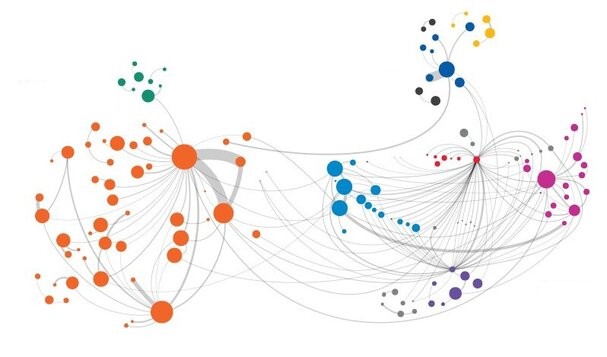
Credit: Source: Nature Index; data analysis by Bo Wu; infographic by Bec Crew and Tanner Maxwell
Network effect: visualizing AI connections in the natural sciences
Collaborations on AI-related papers in journals tracked by the Nature Index reveal country strengths.
10 December 2020

Source: Nature Index; data analysis by Bo Wu; infographic by Bec Crew and Tanner Maxwell
AI collaborations
This graph comprises the top 200 collaborations among 146 institutions based on index data between 2015 and 2019, represented by lines and circles, respectively. Circles are sized according to each institution’s Share in artificial intelligence, and the thickness of the lines corresponds to a particular collaboration’s total Share between two institutions.

Source: Nature Index; data analysis by Bo Wu; infographic by Bec Crew and Tanner Maxwell
Canada’s connections
Ranked sixth in the world for AI-related output in the Nature Index, Canada’s strong international collaborative network is led by the University of Toronto, which is also the country’s most prolific institution in the field. Its strongest international collaboration is with Harvard University, the institution with the highest ranking for AI research in the Nature Index.
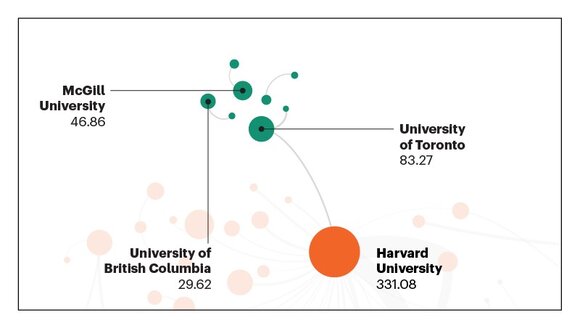
Source: Nature Index; data analysis by Bo Wu; infographic by Bec Crew and Tanner Maxwell
United States’ leading trio
Harvard University and MIT have the second-most productive partnership in AI-related research in the Nature Index; the most productive collaboration is between Harvard and their joint partner institution, the Broad Institute.
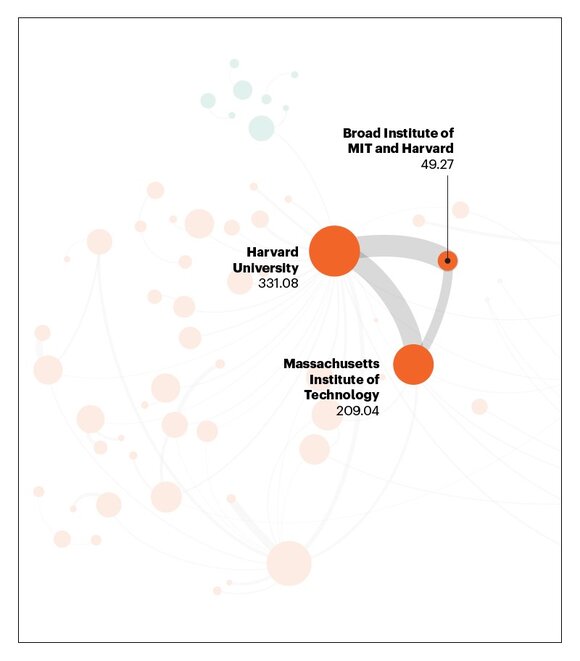
Source: Nature Index; data analysis by Bo Wu; infographic by Bec Crew and Tanner Maxwell
Local links
Stanford University has strong collaborative networks within the United States, including with Harvard University. In July 2020, the two institutions launched the Collective and Augmented Intelligence Against COVID-19 alliance, which aims to build an AI-powered decision support tool for public officials and health-care workers.
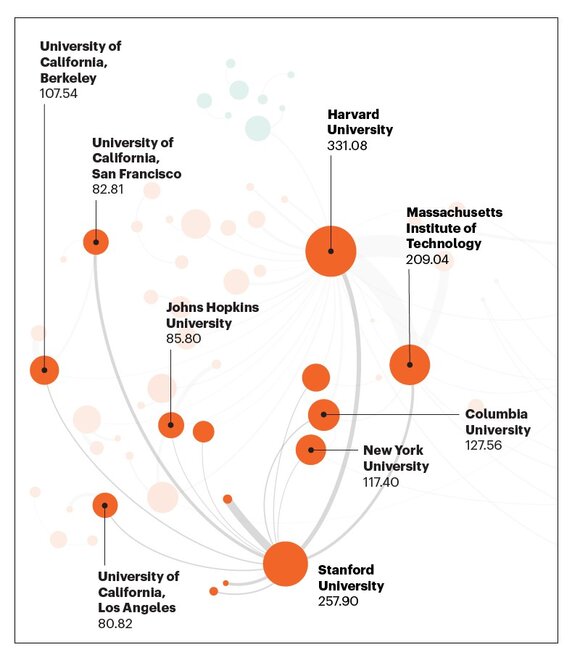
Source: Nature Index; data analysis by Bo Wu; infographic by Bec Crew and Tanner Maxwell
Japan’s close ties
After the University of Tokyo, Japan’s top institutions in AI in the natural sciences are RIKEN, then Osaka University. The country stands out for stronger local collaborations, rather than international ties.
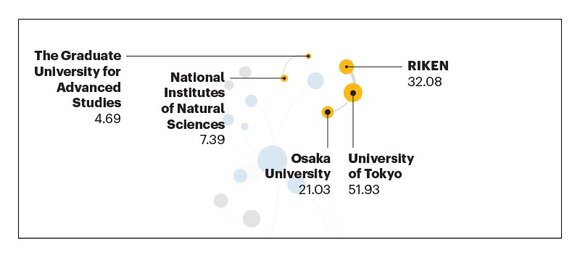
Source: Nature Index; data analysis by Bo Wu; infographic by Bec Crew and Tanner Maxwell
China’s big players
The Chinese Academy of Sciences (CAS) and University of the Chinese Academy of Sciences have one of the most productive collaborations involving AI research in the natural sciences. China’s biggest international AI collaboration in the Nature Index is between CAS and the Georgia Institute of Technology in Atlanta, Georgia. Tsinghua University has strong ties to Italy’s National Institute for Nuclear Physics and CERN in Switzerland.
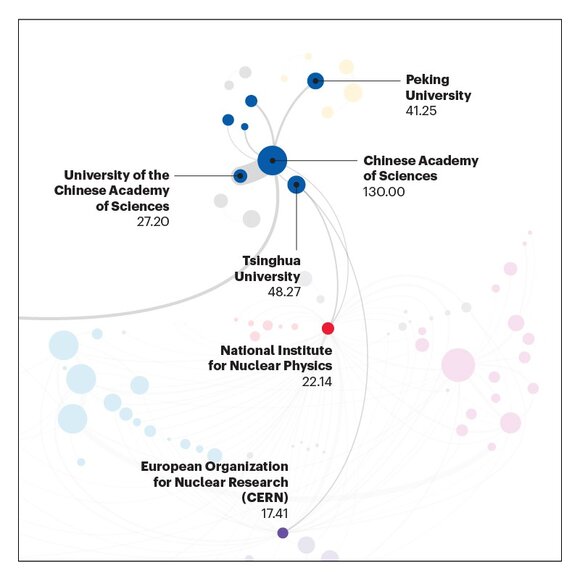
Source: Nature Index; data analysis by Bo Wu; infographic by Bec Crew and Tanner Maxwell
Europe’s heavy hitters
Three UK institutions, the University of Oxford, the University of Cambridge and UCL, are among the biggest collaborators in AI research in Europe, which in the Nature Index includes the UK and Switzerland. The Max Planck Society in Germany is the fourth-most prolific institution for AI-related research in the Nature Index. Italy’s National Institute for Nuclear Physics and CERN in Switzerland stand out for their high numbers of collaborative partnerships with institutions throughout Europe.
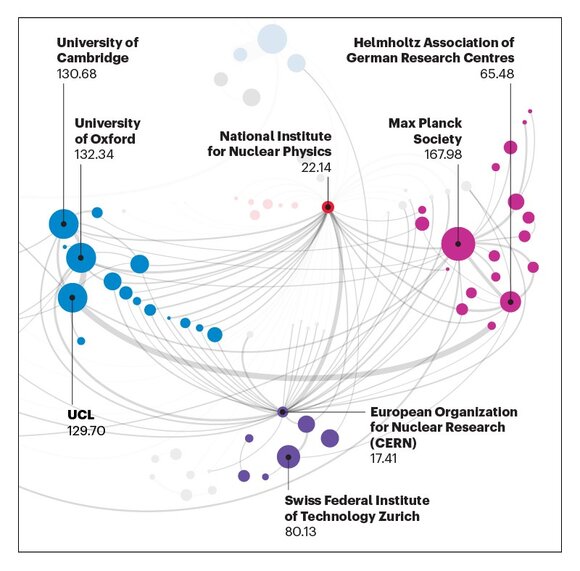
Source: Nature Index; data analysis by Bo Wu; infographic by Bec Crew and Tanner Maxwell
This article is a part of the Nature Index 2020 Artificial intelligence supplement.
